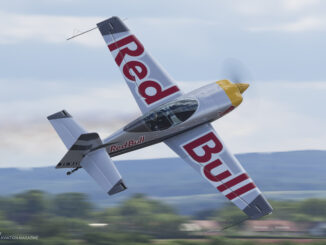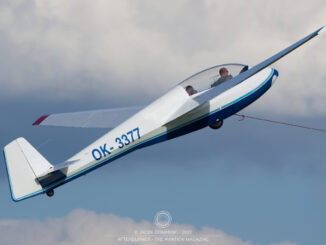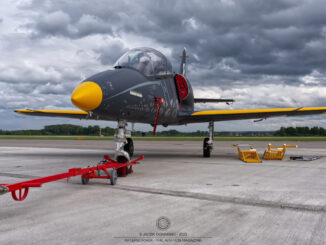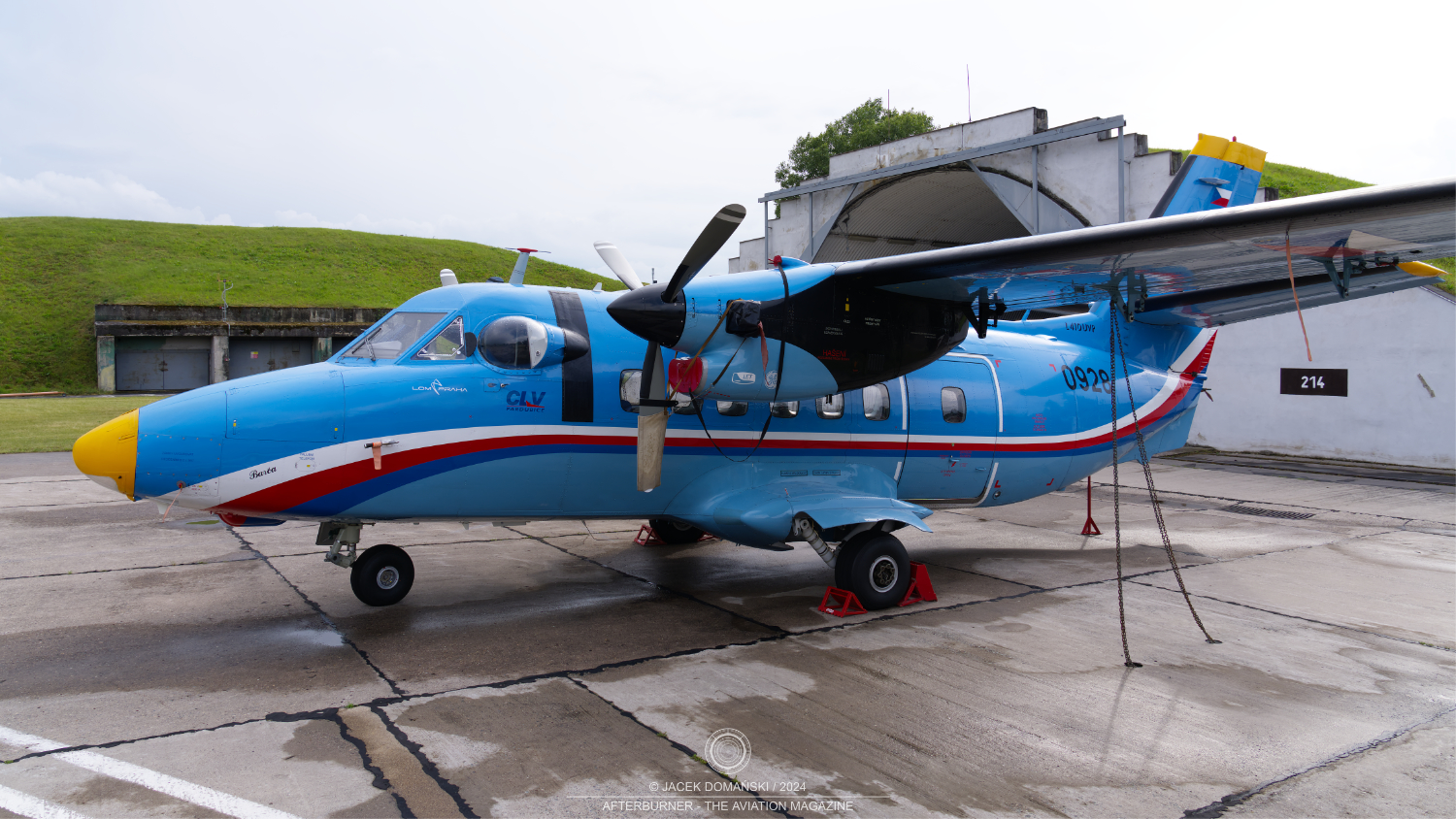 On 16th April 1969, the new Czechoslovak short-range, twin-engine transport aircraft L-410 Turbolet successfully completed its maiden flight.
On 16th April 1969, the new Czechoslovak short-range, twin-engine transport aircraft L-410 Turbolet successfully completed its maiden flight.
The aircraft was designed and developed by LET Kunovice aviation plant. Initially, the aeroplane was intended for the state Soviet airline Aeroflot to operate on its domestic routes and to replace the then popular Antonov An-2 biplane.
In 1967, after approximately two years of development, a team of constructors led by chief engineer Ladislav Smrček presented a concept of a high-wing, two-engine aircraft. This initial project was designated L-400 and it was assumed to be equipped with piston engines.
Nevertheless, after some additional research, an upgraded design powered by two modern turboprop engines was created, being finally designated L-410. Eventually, the aeroplane was to be powered by domestically manufactured Walter M601 engines, being specially designed for this purpose.
Although, the delays in development of this engine and lack of any similar alternative within the Eastern countries, resulted in use of two Pratt & Whitney Canada PT6-27 engines for the prototype.
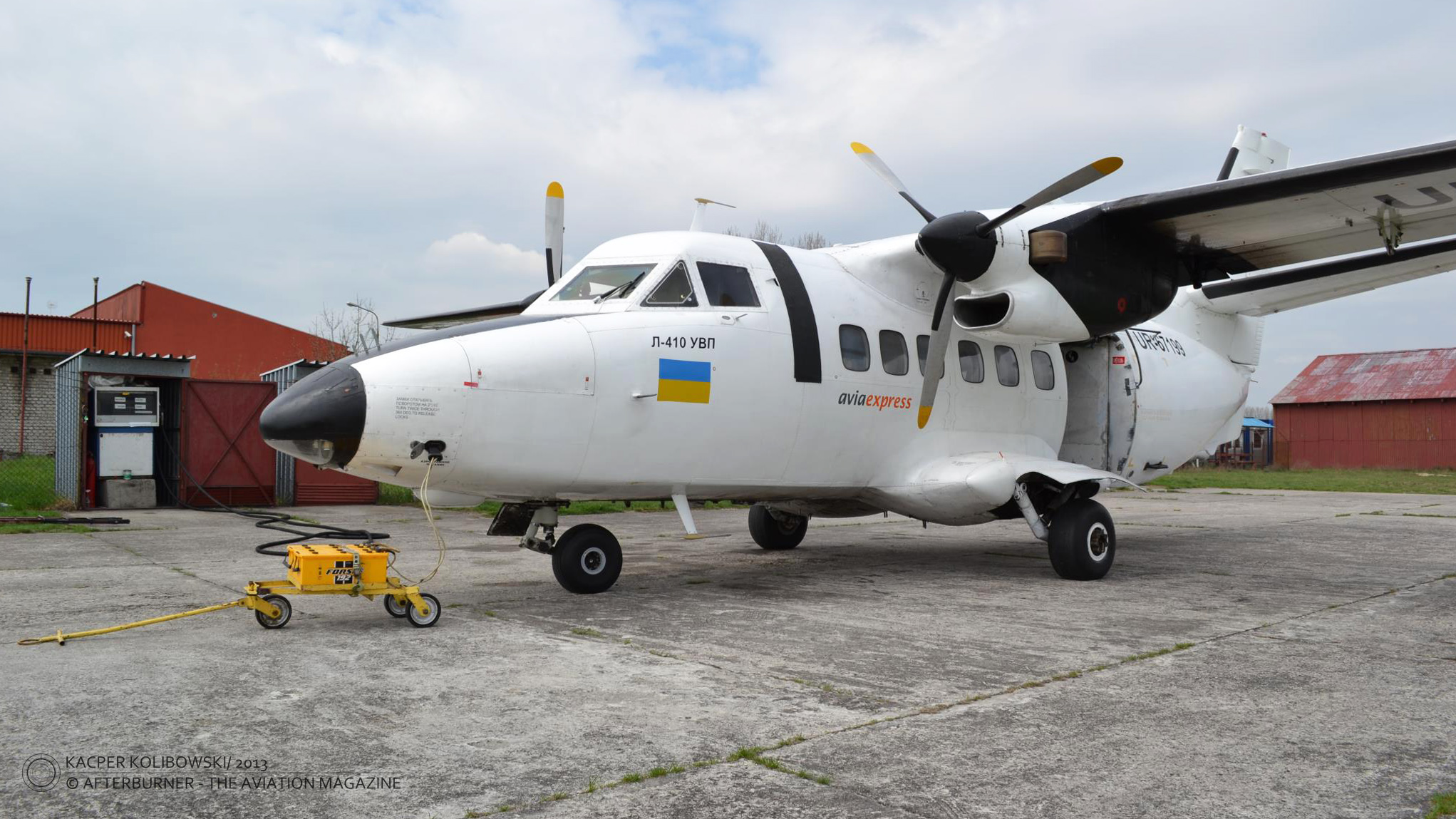
Serial production of Let L-410A Turbolet was launched in 1972. The first production batch of 30 aircraft was still powered by the aforementioned Canadian-made engines. Despite the aircraft being mainly intended for Aeroflot, the first operator of the new L-410 aeroplane were CSA Czechoslovak Airlines.
The LET Aircraft Industries company still manufactures the aircraft today. Currently, the L-410 is being offered in two modernised variants, designated L-410 UVP-E20 and L-410 NG (new generation).
More than 1,200 examples of the aircraft were built to this day. The L-410 was, and still is, used by several civilian and military operators in more than fifty countries all over the world.
Full story here.

